Plant Descriptions – Youngia japonica
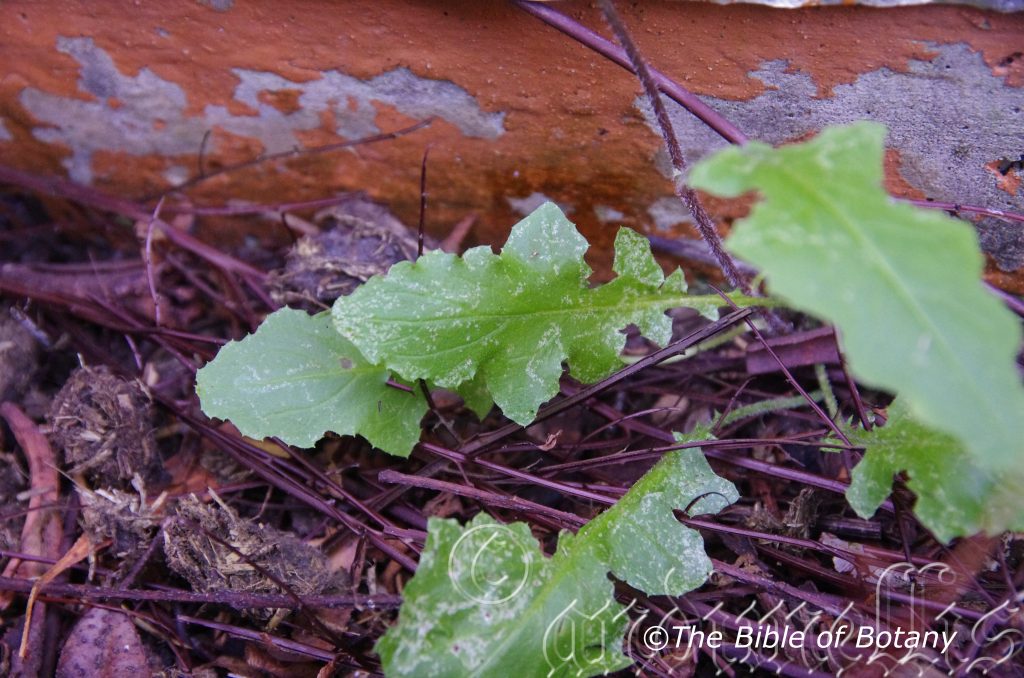
Author’s Garden The Pinnacles NSW
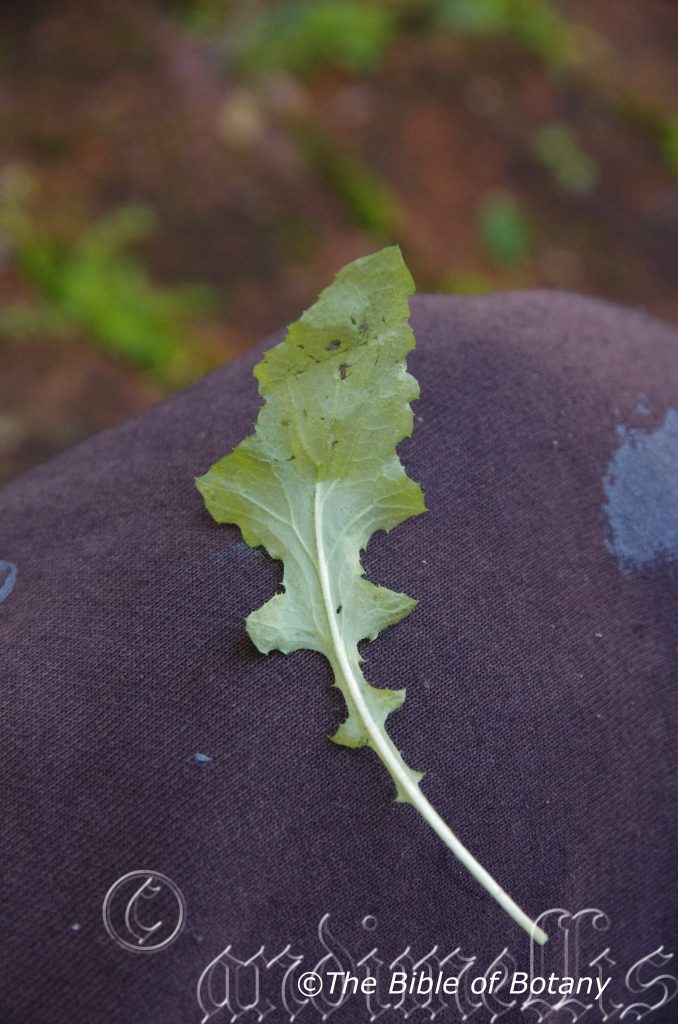
Author’s Garden The Pinnacles NSW
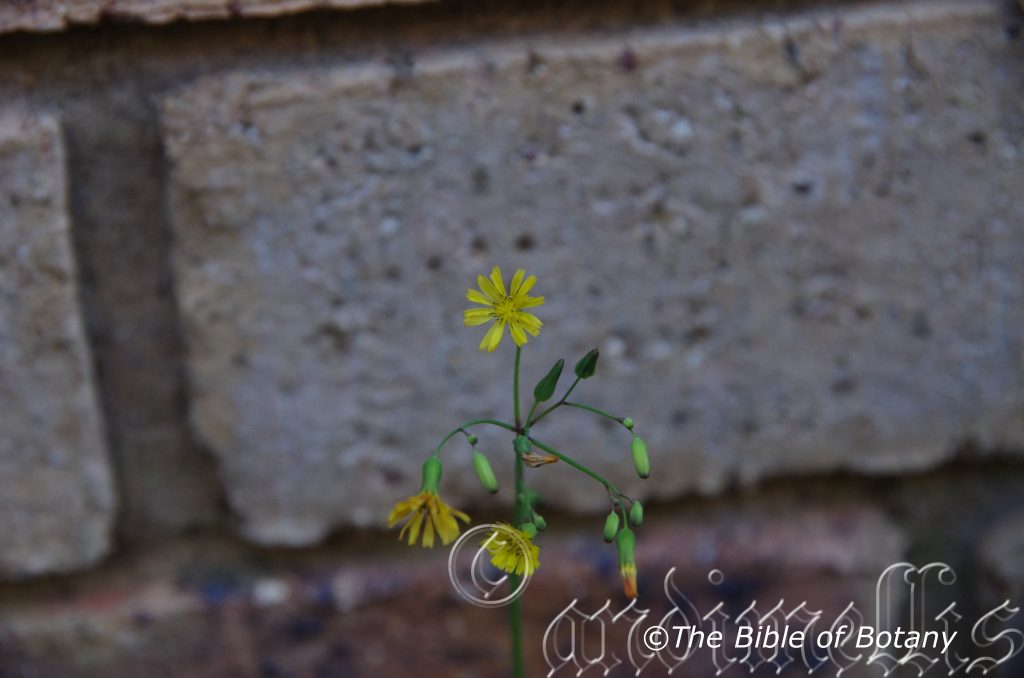
Author’s Garden The Pinnacles NSW
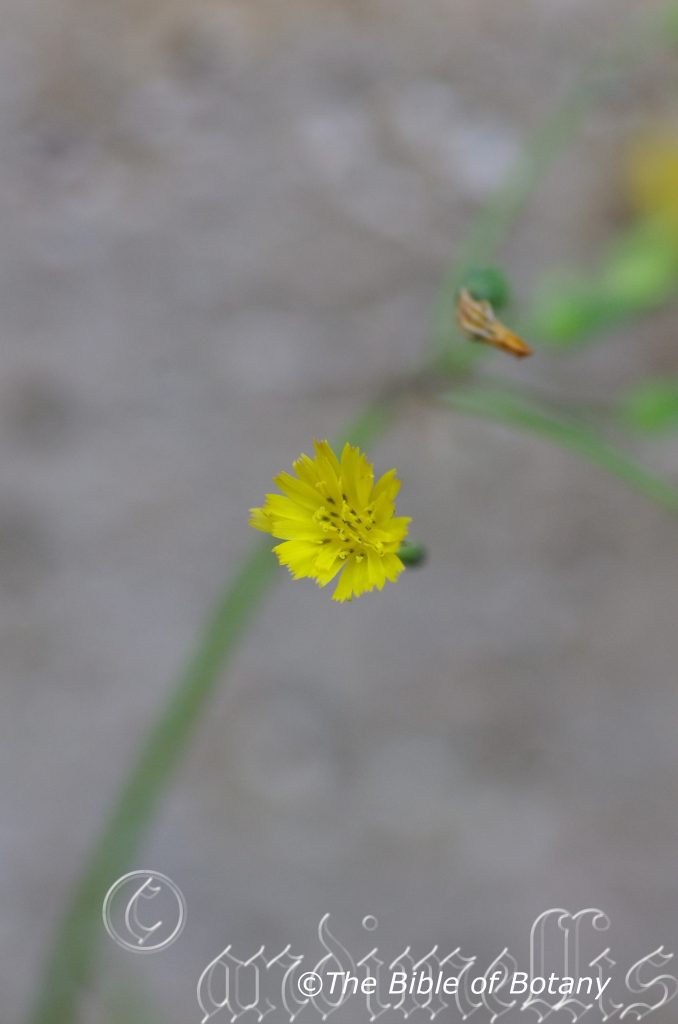
Author’s Garden The Pinnacles NSW
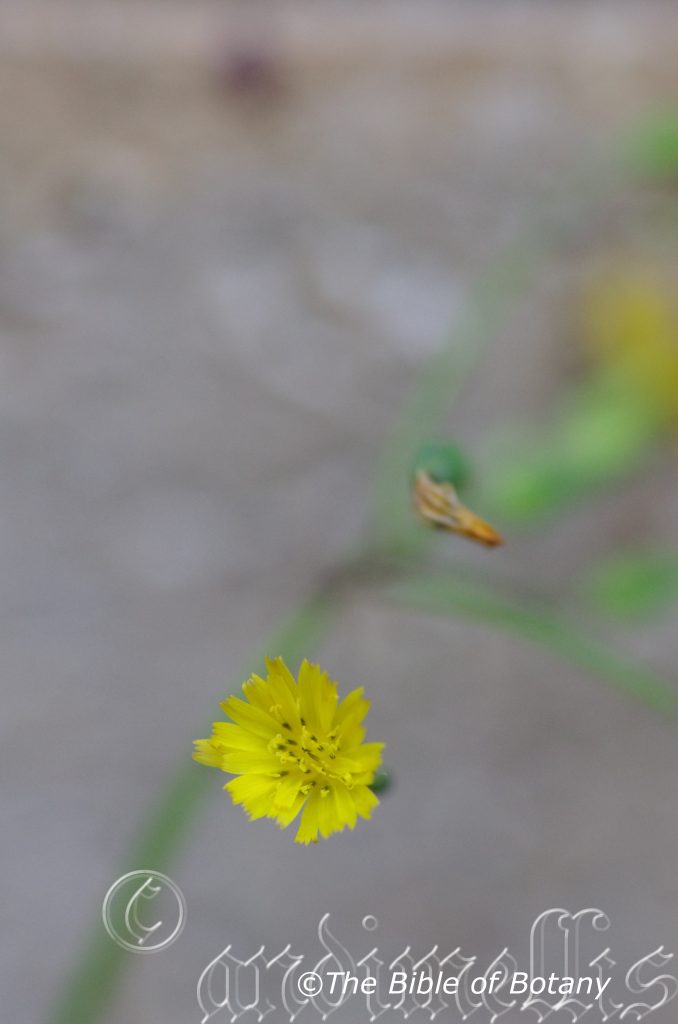
Author’s Garden The Pinnacles NSW
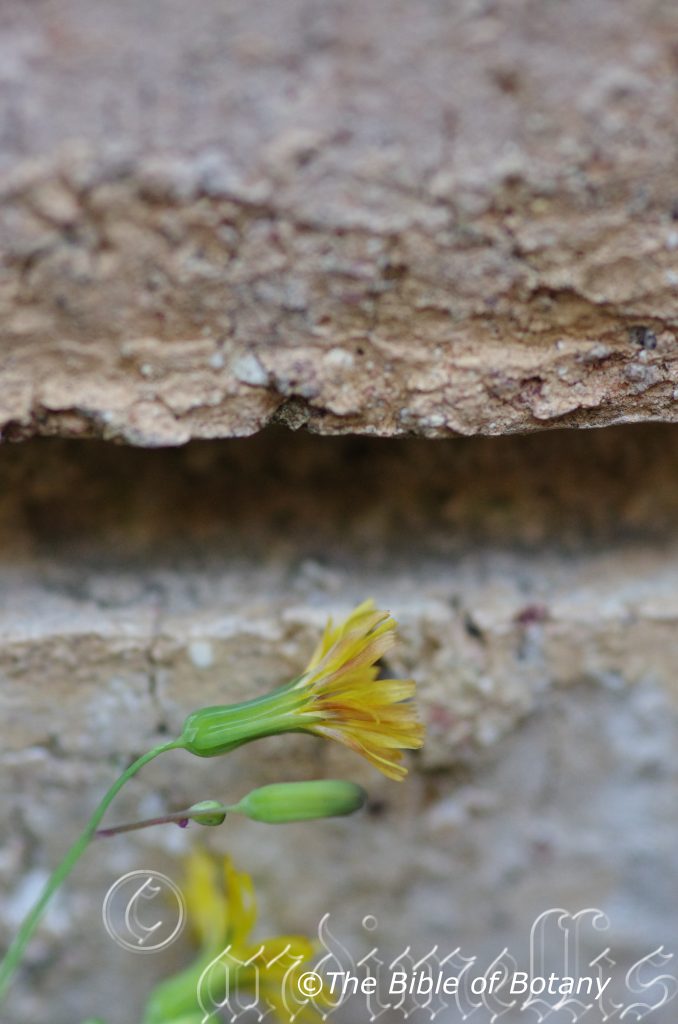
Author’s Garden The Pinnacles NSW
Youngia japonica
Classification
Class: Equisetopsida
Order: Asterales
Family: Asteraceae
Tribe: Cichorieae
Genus: Is named in honour of Young but which Young cannot be substantiated.
Specie: From Japonica, which is Latinized for Japan. It refers to plants, which were first discovered in Japan.
Common Name: Japanese Hawkweed.
Distribution:
Youngia japonica is mainly found on and east of the Great Dividing Range to the coast, south from near Cooktown in far north eastern Queensland to the Bega Valley in southern coastal New South Wales. Many reports state that it was introduced to Australia however Plantnet indicates that it is a native so I have included it here as a native plant
It is also found in Afghanistan, Bangladesh, Cambodia, China – eastern, Northern, Central and Southern zones, Indian, Indonesia, Himalaya, Japan, Korea, Laos, Malayasia, Myanmar, Nepal, Pakistan, Philippine, Sri Lanka, Taiwan, Thailand,
Tibet and Vietnam.
https://avh.ala.org.au/occurrences/search?taxa=Xanthorrhoea+glauca#tab_mapView
Habitat Aspect Climate:
Youngia japonica prefers light shade to full sun. It grows on seasonal moist ground or permanent moist places adjacent to lakes, shallow depressions in short lived ephemeral pools, along creeks or streams. The altitude ranges from 10 meters ASL to 950 meters ASL.
The temperatures range from minus 3 degrees in August to 36 degrees in January.
The rainfalls range from lows of 950mm to 3200mm average per annum.
Soil Requirements:
Youngia japonica prefers to grow on nutrient poor to nutrient rich fine sands, sandy loams to medium clays. The soils are usually derived from decomposed sandstones, granites, metamorphic rocks, brown basalts, black basalts, shales or at times accumulated fine peaty beach sands. The soils pH ranges from 6pH to 7pH. It does not tolerate waterlogged soils. Non saline soils to slightly saline soils are tolerated.
Height & Spread:
Wild Plants: 0.6m to 1.1m by 0.1m to 0.25m when in flower.
Characteristics:
Youngia japonica grows as an erect annual herb.
The basal rosette and cauline leaves of Youngia japonica are usually lyrate or lyrate pinnatifid with a large terminal lobe or at times are oblong or obovate. The leaves measure 15mm to 120mm in length by 10mm to 55mm in width. The fleshy petioles are mid green to greenish-blue or greenish-grey, dull and moderately covered in white to pale grey pulverulent hairs and measure 10mm to 45mm in length. The bases are clasping while the apexes are apiculate. The discolourous laminas are mid green to greenish-blue or greenish-grey, dull, smooth and glabrous. The laminas are flat to recurve upwards from the mid vein to the margins and decurve from the base to the apex or close to the apex. The margins are serrated. The obtuse mid vein is strongly prominent on the lower lamina of all the lobes while the lateral veins are slightly to moderately prominent on all the lobes and with the midvein are sunken on the upper lamina.
The inflorescences of Youngia japonica are born on loose panicles from the center of the rosette of basal leaves. The mid green to blue-green peduncle is moderately covered in white to pale grey pulverulent hairs on the basal section and measures 300mm to 500mm in length. The Rachises and pedicels are glabrous. The rachises measure 300mm to 600mm in length while the pedicels measure 12mm to 30mm in length.
The individual heads measure 8mm to 10mm in length by 2.5mm to 4.5mm in diameter. The outer involucral bracts measure 1mm to 2.5mm in length while the 8 inner lanceolate bracts measure 8mm to 10mm in length. The yellow ligules usually have 5 or at times 6 lacerated lobes on the truncate apex. The ligules measure 7mm to 8mm in length by 3.5mm to 4.5mm in width. The florets are yellow.
The yellow filaments measure 1mm in length while the fused anthers measure 1mm in length. The ovary measures 1 mm in length while the pistil measures 4mm in length.
Youngia japonica‘s fruits are slender, fusiform, ribbed achenes. The achenes measure 1.6mm to 2.2mm in length by 0.5mm to 0.6mm in diameter. The outer bracts are persistent at the base of the ripe fruits while the inner bracts turn pale glaucous green and split down one side. The ripe tawny-brown seeds white pappus is united at the base and measure 3mm to 4mm in length.
Wildlife:
Youngia japonica‘s wildlife is unknown to the author. The leaves are edible and have a taste reminiscent of slightly bitter Kong cai.
Cultivation:
Youngia japonica is considered a weed by most gardeners. In our orchard it was a great indicator of aphids.
Harvest the young plants as the flowering peduncle emerges and steam like most green vegetables or use in stir fries.
Propagation:
Seeds: The seeds of Youngia japonica can be removed easily from the fruits.
Sow fresh seeds directly into a seed raising mix and place the tray in a warm sunny position. Keep moist until the seedlings are ready to be transplanted.When the seedlings are 20mm to 30mm tall, prick them out and plant them into 50mm native tubes using a good quality mix.
Once the seedlings reach 50mm in height they can be repotted for indoor use or 100mm to 150mm in height plant them out into their permanent position.
Fertilize using Seaweed, fish emulsion or organic chicken pellets soaked in water and apply the liquid on an alternate basis. Fertilize every 2 months until the plants are well established then on an annual basis in September or March to maintain better health, vitality and flowering.
Further Comments from Readers:
“Hi reader, it seems you use The Bible of Botany a lot. That’s great as we have great pleasure in bringing it to you! It’s a little awkward for us to ask, but our first aim is to purchase land approximately 1,600 hectares to link several parcels of N.P. into one at The Pinnacles NSW Australia, but we need your help. We are not salespeople. We are amateur botanists who have dedicated over 30 years to saving the environment in a practical way. We depend on donations to reach our goal. If you donate just $5, less than the price of your coffee this Sunday, We can help to keep the planet alive in a real way and continue to bring you regular updates and features on Australian plants all in one Botanical Bible. Any support is greatly appreciated. Thank you.”
In the spirit of reconciliation we acknowledge the Bundjalung, Gumbaynggirr and Yaegl and all aboriginal nations throughout Australia and their connections to land, sea and community. We pay our respect to their Elders past, present and future for the pleasures we have gained.